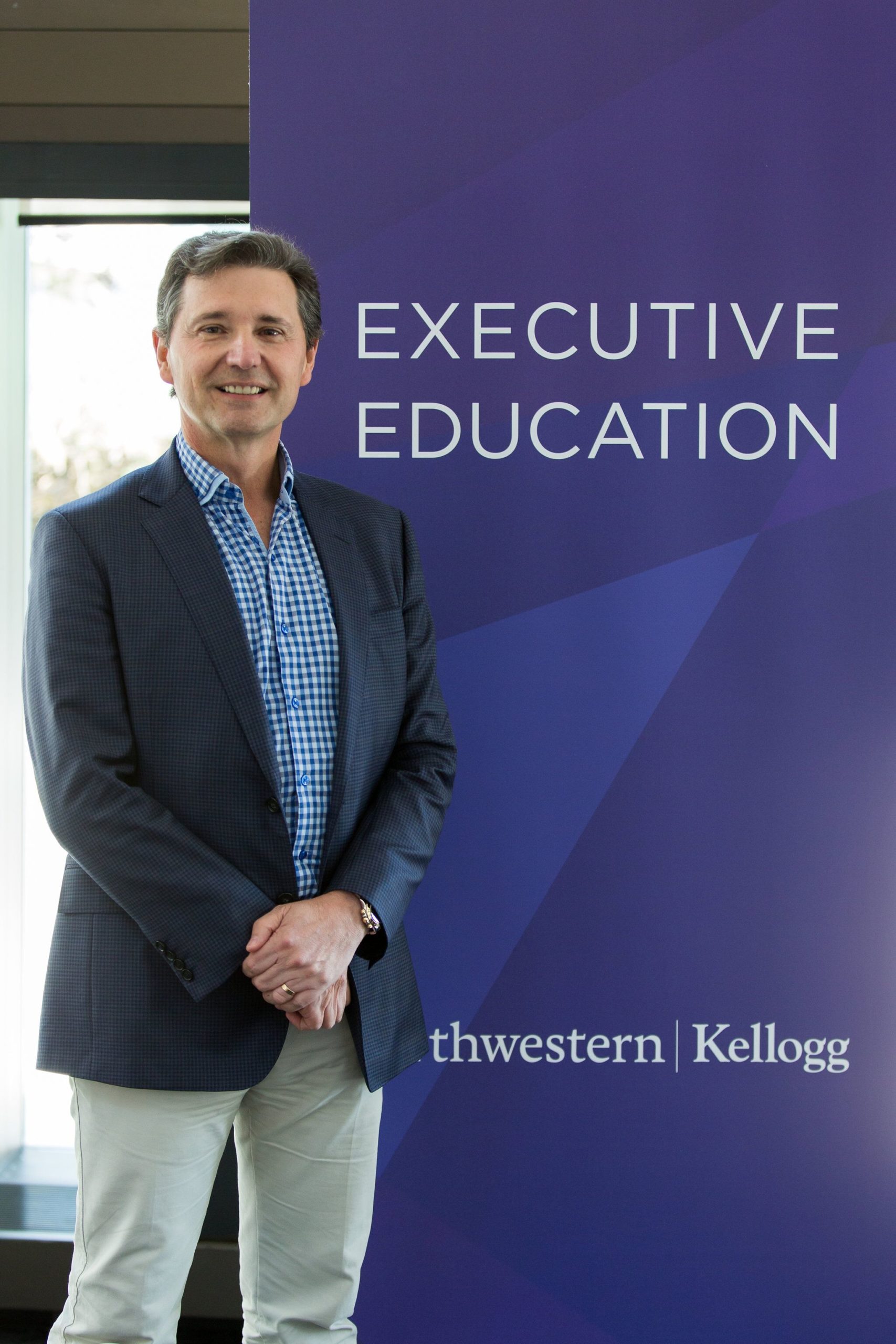When the COVID-19 pandemic pushed the “pause button” on non-emergent surgeries, refractive procedures were among the first to go. Now, as social distancing measures begin to relax around the world, clinics are reopening for elective procedures . . . but are patients returning?
To find out, we reached out to four refractive specialists on three different continents to gauge the new normal in patient volume and demographics in these areas.
India Sees Procedures Resume at Lower Volume
In India, Dr. Soosan Jacob, director at Dr. Agarwal’s Refractive and Cornea Foundation and senior consultant of Cataract and Glaucoma Services at Dr. Agarwal’s Group of Eye Hospitals in Chennai, says things are getting back to normal.
“Refractive surgery has resumed, but it’s at a lesser volume. However, for many patients that are coming now, it’s because they have time to recover from surgery . . . they are not working full-time or are working from home, and so they have more time and flexibility,” she shared. “Plus, postoperative follow-up is not as intensive for refractive surgeries compared with some other procedures, which makes them easy to undergo at this time.”
At her hospital, they offer all types of refractive procedures. However, she notes that the majority of corrections are done with small incision lenticule extraction (SMILE).
“SMILE has a lot of advantages. However, we do all the procedures: LASIK, femto-LASIK, PRK, Contoura Vision, etc. We give them all the options — but many patients prefer SMILE if they can afford it,” continued Dr. Jacob.
For the most part, patient demographics have remained similar to pre-pandemic conditions. “It’s remained steady, there’s not much change. However, we have seen more students coming in lately, those doing their graduate or postgraduate studies, they have time now that colleges have closed down,” she said. “We are also seeing patients pre-marriage . . . they want to get rid of their glasses before marrying. All of these patients are still coming.”
Safety measures have also increased. Dr. Jacob says her hospital has implemented safety protocols from the government, as well as associations like AIOS (All India Ophthalmological Society), plus guidelines from her own hospital group, which has 90 locations. “We were involved with AIOS in forming their COVID-19 safety guidelines — and we put safety guidelines into place at our locations before the first lockdown was ever announced in India,” she said. “When we first heard about Wuhan, we knew this would be an issue, so we immediately prepared and implemented safety measures at a very high level.”
This is not just for the safety of physicians and staff, but also for patients. “Each surgical patient gets PPE and an N95 mask. This is important for both patient trust and peace of mind.”
As noted by Dr. Jacob, patients now have time off to recover from refractive procedures, which is good — however, this “vacation” from work, could put some people in a precarious financial position. This has not gone unnoticed by her hospital.
“We understand that people may have some economic issues or problems with their work. We are taking that into consideration when we advise them . . . and we do have special offers for students and people with certain needs. We are trying to help them,” explained Dr. Jacob.
Practice Sees Increased Demand in the USA
“Year-to-date, we are up 50% — despite being off for six weeks. The demand is incredible,” said
Dr. John F. Doane, a refractive surgeon in Kansas City, Missouri, USA. His practice reopened on May 4.
He shared that patient demographics cover ages 17 to 80, with procedures like SMILE, LASIK, PRK requested, as well as premium IOLs, toric IOLS and standard IOLs. In addition, Dr. Doane says that the demand for cataract surgery also appears to be inelastic.
“We are busier now than pre-COVID . . . it’s not at all explained by being off and playing catch up,” he continued.
Dr. Doane says that patients and staff wear masks at all times for increased safety. Prior to entering, patients must fill out a health questionnaire and have their temperature taken — staff must also have their temperature taken twice daily. “If their temperature is high, or if they have a positive response to the questionnaire, they are sent home and they must see a physician,” he said.
Refractive Correction in Ireland Skews Younger
Ireland resumed laser vision procedures in mid-May, and intraocular surgeries on July 1, according to Dr. Arthur Cummings, consultant ophthalmologist and medical director at Wellington Eye Clinic in Dublin.
He shared that procedures like LASIK, PRK, ICL and CLR (custom lens replacement or RLE) are available, and interestingly, the patient demographics are now skewing younger.
“LASIK patients are younger than before the lockdown . . . the average age is below 30-years-old,” said Dr. Cummings. “Presbyopes are in their early 50’s on average, which is again, younger than before lockdown.”
According to Dr. Cummings, conversions are up significantly since the lockdown. “Patients are not shopping around. If they are suitable, they simply go ahead as soon as they can get an appointment for surgery,” he shared. “Uptake of presbyopia correcting IOLs has gone up significantly in my practice, from around 10% to around 50%.”
And of course, this is all done under enhanced safety measures. In his clinic, Dr. Cummings says social distancing is in place, with both parties wearing masks. In addition, they are using telemedicine for part of the consultation process, which cuts down in-person meeting time.
Hong Kong Avoids Lockdown and Stays Steady
Dr. John Chang says that in Hong Kong, they fortunately never had to lock down: “[This is] because of our painful experience with SARS in 2013 . . . everyone immediately practiced mask wearing and social distancing, so everything is quite under control.
“Although we are presently having a third wave of community outbreak, the death toll is still relatively low, so elective surgeries were never stopped,” he continued. Dr. Chang is the
director of GHC Refractive Surgery Center at Hong Kong Sanatorium & Hospital and clinical associate professor in the Department of Ophthalmology at the University of Hong Kong.
He says that in his refractive surgery consults, 70% of patients request SMILE, and the remaining 30% don’t have a preference. In the end, he says that 50% of patients undergo SMILE and the other half have LASIK.
According to Dr. Chang, patient demographics have changed a bit, although demand has remained steady. “In our cataract center, the number of older patients has dropped by 70%, most of the patients now are around 60 years-old or younger,” he explained, adding that the older patients have stayed away because their mortality rate for COVID-19 is quite high.
“Surprisingly, our refractive volume never went down — we are as busy as ever,” shared Dr. Chang. He says during the worst period of the outbreak, the patient volume dropped by about 90% at the cataract center, but only by 40% at the refractive surgery center. “However, patient volume returned rapidly after the second outbreak and our volume did not drop at all during the present third outbreak.”
Dr. Chang noted that in Korea, some refractive centers have reported a 120% increase in surgical volume. He attributes this to several reasons: First, younger patients are not as concerned about the virus as their mortality rates are very low. Another reason, also mentioned by Dr. Jacob, is that most people are working from home right now, so they can have surgery without needing to take time off work.
Younger patients also have more time at home now to communicate with their friends, thus sharing refractive surgery experiences, continued Dr. Chang. And the final reason: “Because of the mask wearing, spectacles fog up . . . and also there is a higher possibility of contact lens related eye infection,” he explained.
There are also some new safety regulations at the hospital, he says. This includes providing and wearing surgical masks, and safe disposal of all masks and post-op surgical coverings. “They are folded patient-side-in and discarded in closed bins,” said Dr. Chang. He said a COVID-19 test is not required for refractive patients (as the center is not within the hospital), but other safety regulations still apply.







